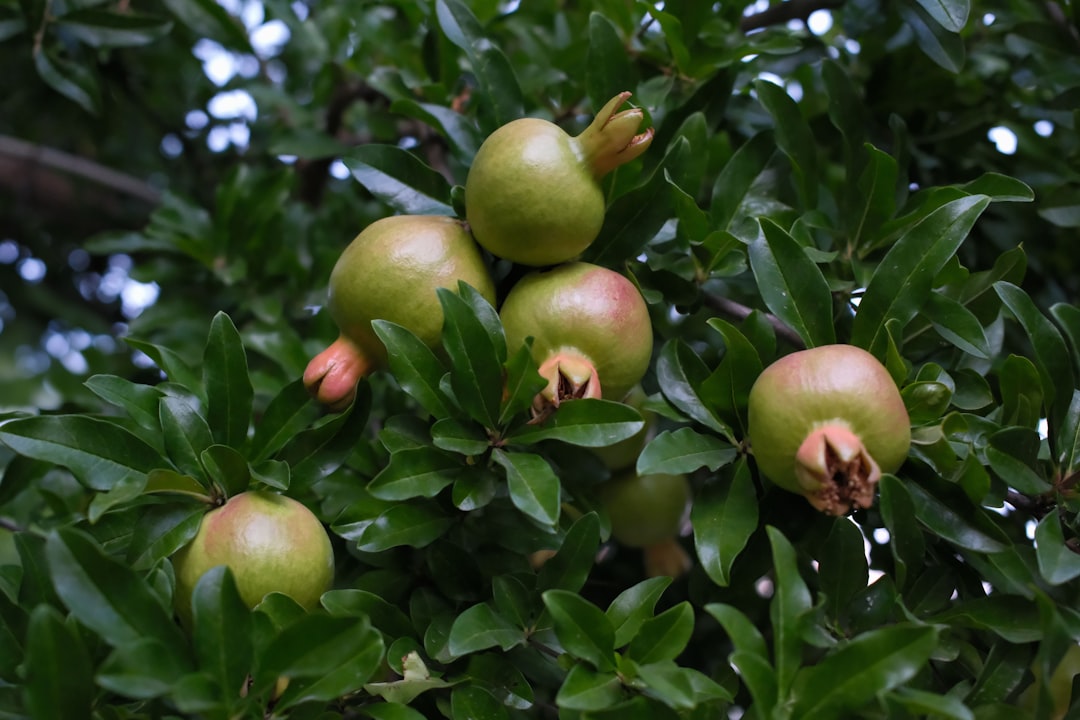Battling the Tiny Invaders in Your Garden

Gardening is a delightful and rewarding hobby, but it comes with its fair share of challenges. One such challenge that many gardeners face is dealing with pests. Among these pests, clover mites can be a real nuisance. In this article, we'll explore how to identify clover mites, the conditions that attract them, and effective ways to get rid of them.
Clover mites are tiny arachnids that are often mistaken for insects. They are about 1/30 of an inch long and have a reddish - brown color. Their bodies are oval - shaped, and they have eight legs. One of the most distinctive features of clover mites is their long front legs, which are often mistaken for antennae. These front legs are used for sensing their environment.
To identify clover mites, you need to look closely. They are commonly found on the sunny sides of buildings, especially near the ground. You might also spot them on windowsills, as they tend to crawl towards light. In the garden, they can be found on clover, grass, and other low - growing plants. If you crush a clover mite, it will leave a red stain, which is actually its body pigment. This is a tell - tale sign that you're dealing with clover mites.
Now, let's talk about the conditions that attract clover mites. These pests thrive in cool, moist environments. They are most active during the spring and fall when the temperatures are moderate. Clover mites are attracted to areas with an abundance of their food sources, which include clover, grass, and other vegetation. Over - watering your lawn or garden can create the perfect moist environment for them. Additionally, if your garden has a lot of weeds or unkempt areas, it can provide a hiding place and a food source for clover mites.
Another factor that can attract clover mites is the presence of cracks and crevices in your home's foundation or around windows and doors. They can easily enter your home through these small openings in search of shelter, especially when the weather outside becomes too hot or cold. Once inside, they can be a real annoyance as they can crawl on walls, floors, and furniture.
So, how do you get rid of clover mites? The first step is to make your garden less attractive to them. Keep your lawn well - mowed and remove any weeds regularly. Avoid over - watering your plants, as this can create a moist environment that clover mites love. You can also use a natural repellent, such as neem oil. Neem oil is a natural insecticide that can be sprayed on plants to repel clover mites and other pests.
Sealing the cracks and crevices in your home's foundation, around windows, and doors is also crucial. Use caulk to fill in these gaps and prevent clover mites from entering your home. If you already have clover mites inside your home, you can vacuum them up. However, be careful not to crush them, as this will leave a red stain. Empty the vacuum bag immediately after vacuuming to prevent the mites from escaping.
You can also use a chemical insecticide, but this should be a last resort. When using a chemical insecticide, make sure to follow the instructions carefully and use it in a well - ventilated area. Some insecticides are specifically designed to target clover mites and can be very effective in getting rid of them.
In conclusion, dealing with clover mites in your garden requires a combination of prevention and treatment. By identifying the mites early, understanding the conditions that attract them, and taking appropriate measures to get rid of them, you can keep your garden pest - free and enjoy the fruits of your labor. Remember, a healthy garden is a happy garden, and with a little effort, you can keep those pesky clover mites at bay.